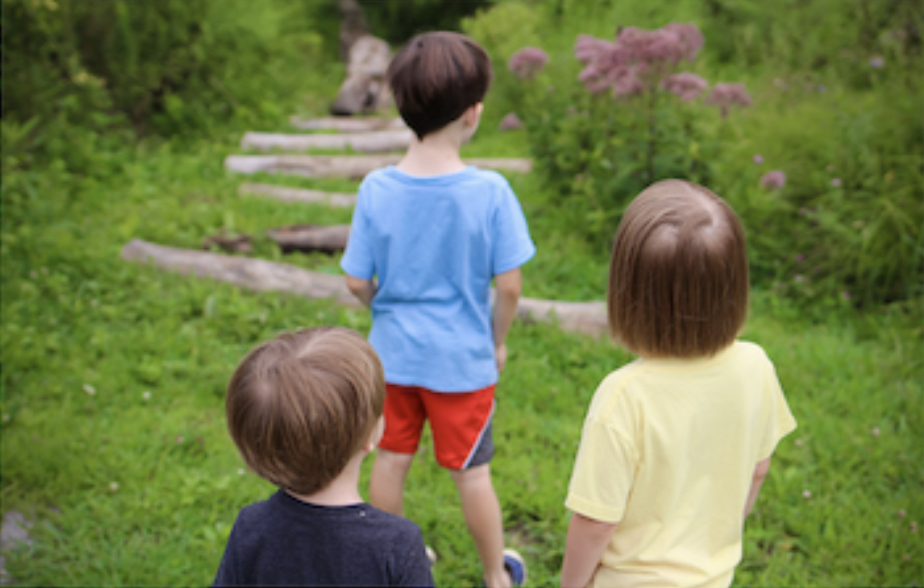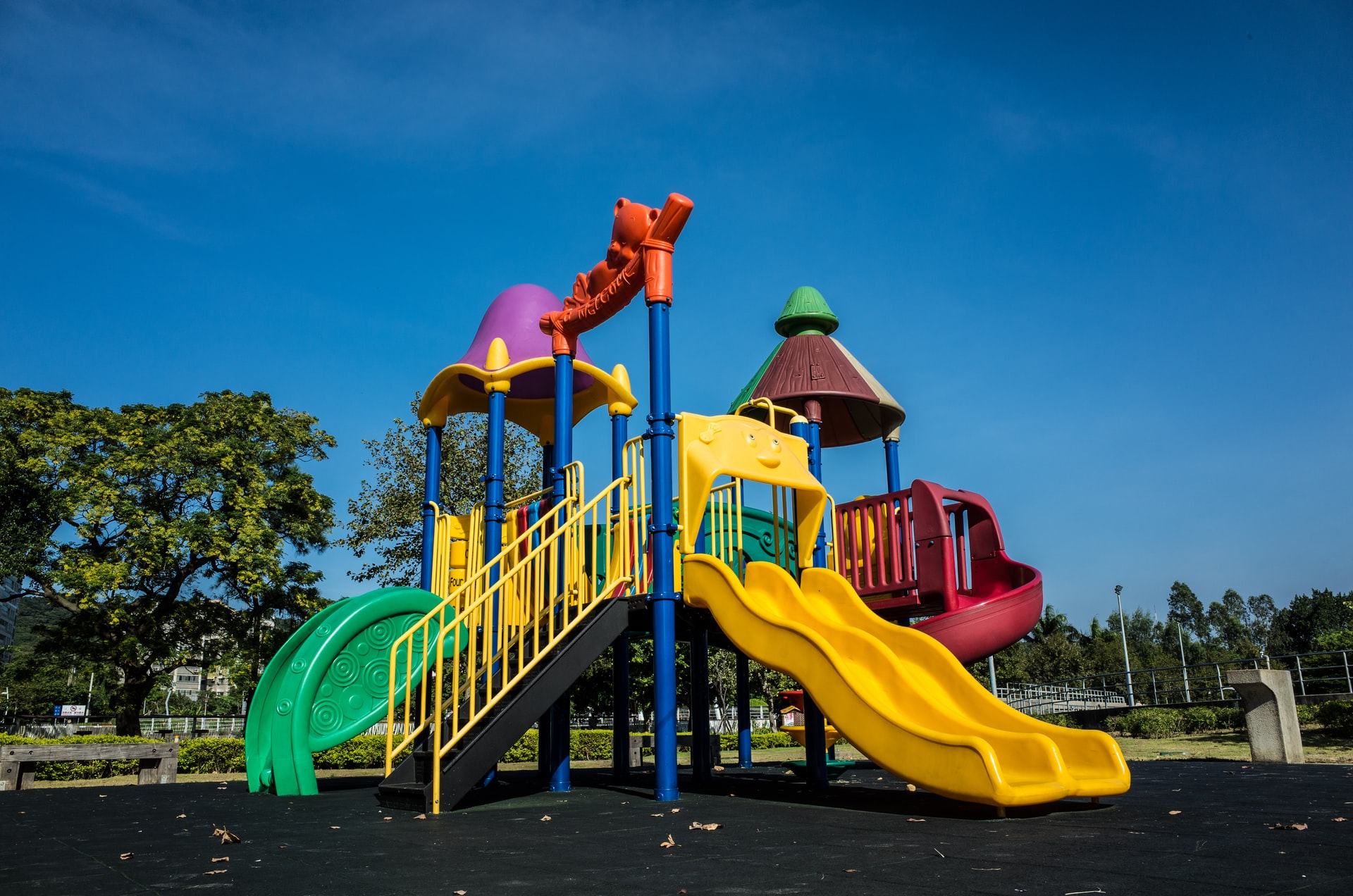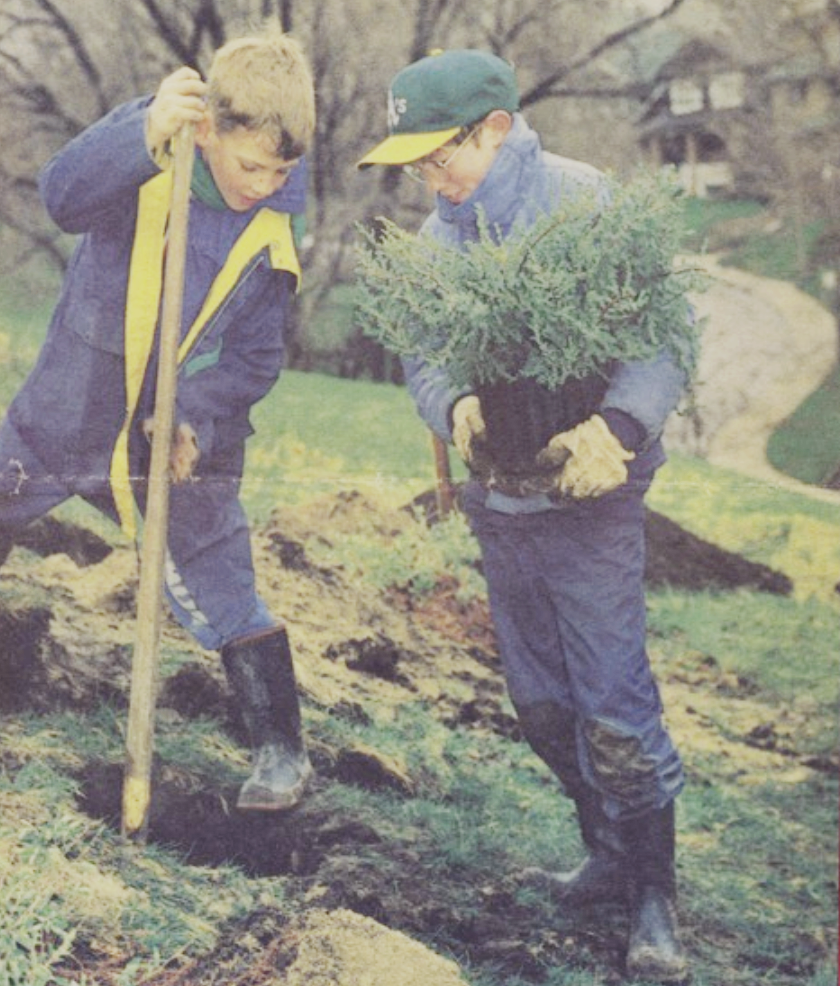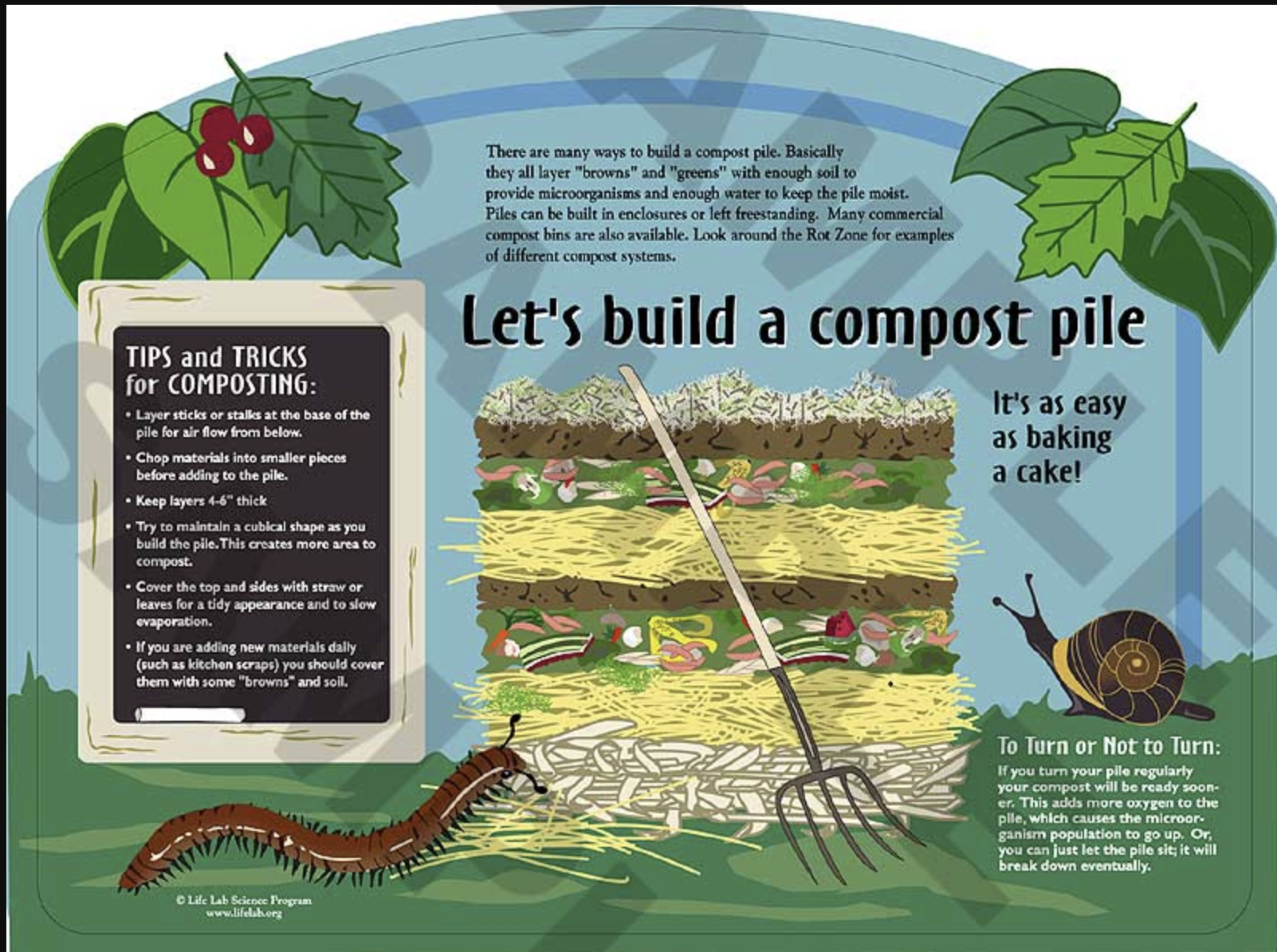We all have different ways of interacting with the great outdoors. Some of us hike in forests, others jog in urban playgrounds, and still others enjoy leisurely walks. Self-distancing & isolating have sadly restricted trips outside. A few weeks in, and we no longer take for granted access to fresh air, green spaces and playgrounds.
While we take this difficult break from our public green spaces, Fix Our Schools has been thinking about the importance of school playgrounds and how they impact the health of our communities. This is a great time for communities to discuss what we want our future playgrounds to look like and how we can make a better future for our children.
The research below is from Rethinking Playgrounds: A Design Investigation of Playscape Theory1 by Jonathan Gemmell, who is a landscape architect in Maryland, USA.
Difference between Nature-Based Playgrounds and Traditional (Structure-Based) Playgrounds:

In the early 2000’s, playgrounds that integrate natural elements into the design became more widespread in Europe and North America. Inspired by the “Forest Schools” in Denmark & Sweden, Canadian educators have supported outdoor educational curriculum development, and, in conjunction with the broader school community, have worked to integrate it into the yards surrounding the schools. Natural playgrounds tend to be greener, offer more loose parts for play, may provide specific educational opportunities about nature, provide more shade, and often help with stormwater runoff.
Jonathan Gemmell suggests that Nature-Based Playgrounds harness the malleability of the natural landscape and provide clear developmental advantages that surpass traditional structure-based playground design. It makes sense that Nature-Based Playgrounds also provide opportunities for building environmental literacy, such as knowledge of water systems or invasive species.
On the other hand, according to Gemmell, Traditional Playgrounds have many shortcomings, which impact child development. Paved sports areas have the highest percentage of sedentary activity on a playground, therefore traditional playgrounds can limit active play.2 Traditional playgrounds also tend to have less green space and therefore, less of the benefits that green space provides such as an increased ability to concentrate on tasks after spending time in nature3, and an alleviation of stress and the symptoms of ADHD4.
Goals of Nature-Based Playgrounds
When designing with a natural plan in mind, it is fascinating to see how the goals of the project change. Instead of planning for asphalt painting, prescribed activities or chain link fencing, Natural Landscaping goals include:
- Spaces that foster a full range of physical activities, allowing children to explore & expand their territorial range as they age.
- Opportunities for development through changeable environments, encouraging creative expression, and group play.
- Educational components that promote Environmental Literacy.
- Integration with stormwater management retrofits. (Stormwater control integrated into the playground itself or yard planned adjacent to a constructed wetland.)
- Imaginative or artistic components that create a sense of place and nurture community pride.
Role of the Community in Greening our Playgrounds
Toronto District School Board is one of the school boards that has worked to incorporate more nature-based elements into new or renovated playgrounds. At one of our local schools, Fix Our Schools has seen first-hand both the nature-based design benefits to students and also the open-eyed interest from other countries. In fact, educators from all over the world visit our TDSB Nature-Based model to consider the educational benefits and implementation challenges and opportunities.
Nature-Based Yards are different from what we expect from Traditional Yards. They do provide many opportunities for students. These yards could also reduce flooding and improve the greening of our cities, something we’ve all been thinking about as pollution levels are at an unprecedented low right now. Because of the need for maintenance and the role of education in the Nature-Based yards, they need planning and support from us all. It is important that the wider community stakeholders support the features and benefits of greening our playgrounds. Let’s have a conversation!
1.file:///Users/Armstrong/Downloads/Gemmell_umd_0117N_16253.pdf+
2 (Dyment, Bell, and Lucas’ 2009)
3 (Kaplan, 1989)
4 (van den Berg, 2011)


